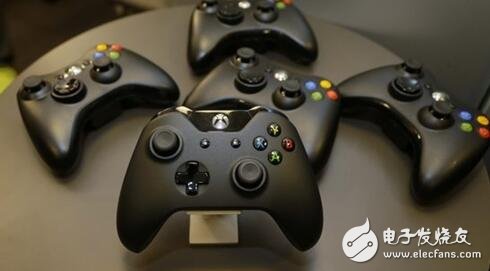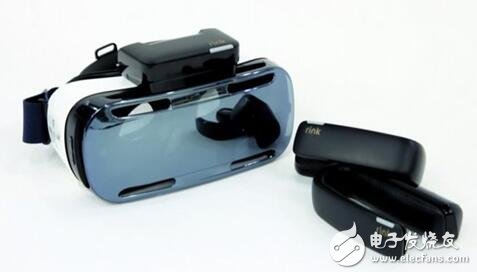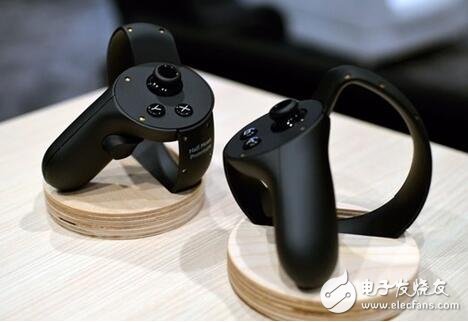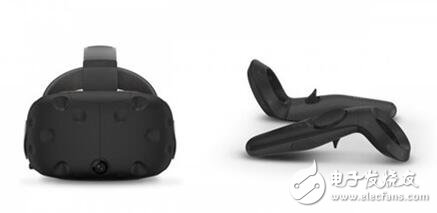Regardless of whether 2016 is the first year or not, we did see the “exciting†helmets during the year. The most typical one is that people spoke about the VR Big Three helmets: Oculus Rift, HTC Vive and PlayStaTIon VR. Keeping up with the market, there are also input devices that echo the helmet.

What are the basic equipment of virtual reality technology?
Virtual reality technology basic equipment refers to hardware products related to the field of virtual reality technology, and is a hardware device used in virtual reality solutions, which can be roughly classified into four categories. They are (1) modeling devices (such as 3D scanners); (2) 3D visual display devices (such as 3D display systems, large projection systems (such as VR-Platform CAVE), head-mounted stereo displays, etc.); ) sound equipment (such as three-dimensional sound system and non-traditional stereo) and (4) interactive equipment (including position tracker, data glove, 3D input device (3D mouse), motion capture device, eye tracker, force feedback device) And other interactive devices).
Among them, the input device is a device that can map real-world environmental data to a virtual world. In short, it is a device that inputs people to the VR system. Unlike keyboard and mouse, VR input devices emphasize immersion. Immersion is the key to making many forms of VR devices have a good experience. Therefore, with the development of VR heads, VR input devices are also ushered in spring. It is not only a variety of novelty, but also covers the idea and black technology.
In fact, in addition to traditional handles, such as the Xbox wireless controller supported by the Oculus Rift consumer version, there are some emerging forms of input devices, such as the universal treadmill Kat Walk, the glove The Manus or the clothes Tesla Suit.
Representative products and companies in the field of inventory VR input devices
In fact, there are many ways to classify VR input devices. For example, according to the product form, it can be divided into gloves, handles, double handles, and full-body suits. It can also be classified into sensory immersion and interactive immersion according to the classification of immersion. The following is a classification based on the technology used, and a representative product in the field of VR input devices.
The first type is the traditional handle

Inertial sensors, vibration motors, such input devices are typically operated using conventional push buttons/joysticks/touch pads and interact with vibration.
The most typical in the industry is: Oculus Rift consumer version of the default Xbox wireless controller and PlayStaTIon VR with PS4 (also requires PlayStaTIon Camera camera auxiliary use)
The above two paragraphs are already very representative. In addition, there are other manufacturers of VR controllers, such as the domestic Ximmerse team.
Focusing on mobile visual computing, Ximmerse proposes a complete input solution for mobile heads to develop mobile virtual reality input devices.
The second type is the motion sensing handle

Before you start, you need to say one thing. In general, an inertial sensor consists of an accelerometer (acceleration), a gyroscope (angle measurement speed), and a geomagnetic instrument (gauge direction). However, the current consumer-grade inertial sensors are difficult to track up to six degrees of freedom. In general, only three degrees of freedom, that is, the rotations of the three axes of X, Y, and Z, can be traced, and the amount of translation of the three axes cannot be measured. The simple and rude point is that the handle you built with the inertial sensor moves extremely slowly at a constant position in the horizontal position, and the handle is difficult to perceive.
People need to capture six degrees of freedom in a virtual environment to provide a better input experience. Thus, the motion-sensing handle typically provides six-degree-of-freedom motion tracking through an inertial sensing system plus an optical tracking system or magnetic field sensing.
Samsung mysterious Rink

According to the news, Samsung will show its Rink input device for Gear VR at CES.
Through the video, we see that Rink has gesture recognition and position tracking, and different fingers can also trigger different interactions. To be sure, Rink uses inertial sensors, but to get more specific technical principles may need to wait until CES.
Industry benchmark Oculus Touch

Basically, Touch's technology framework is multi-mode sensing fusion + gesture recognition. The inertial sensor and Oculus' motion tracking system ConstellaTIon are configured for optical tracking to achieve 6-degree-of-freedom tracking of the Touch. It is worth mentioning that a tracking camera is also needed here as a motion capture. However, according to the latest news, the Touch, which was originally shipped in the second quarter, was postponed until the second half of this year. Thus, more specific and detailed techniques may need to wait until then to understand. However, this is also worth waiting for, after all, Oculus is a benchmark for the industry.
HTC Vive's area tracking system
The HTC Vive's handle captures motion through its own tracking system, Lighthouse, which uses the extremely non-visible light in the room to detect changes in the position and motion of players wearing VR devices in the room and simulate it in 3D space. Specifically, Lighthouse is a 15 x 15 foot space tracking system. Two laser emitters are placed in the opposite corner of the space and continuously emit light to scan the entire space. There are over 70 photosensors on the Vive helmet and handle. At the same time as the laser is swept, the helmet and handle begin to count as a stopwatch, see which sensor receives the laser first, and then use the relationship between the sensor position and the received laser time to calculate the exact position relative to the laser emitter. As long as the laser beam hits enough photosensors, a 3D model can be formed. However, this seems to be the information for the developer's version of the handle.

According to the latest news, the consumer version of the HTC Vive handle has been greatly improved. However, the specific technical details are still unknown, and can only be waited for at the CES show. (Look, there is a camera in the center of the helmet.)
PS VR's old antique PS Move handle

The PS Move controller was launched on September 15, 2010 and belongs to the PS 3 era. However, Yoshida has said that Sony will not upgrade it for PS VR. In the interview, Yoshida Shuiping said: "We think the current (PS Move) is very good... Move was originally developed for use in VR games. But when it was launched, PS4 and PS VR were still trade secrets, so at that time The features that are inherently not fully described are not fully described. The Move handle has a built-in inertial sensor that uses the camera to track and uses the RGB LED source as the active marker.
Guangzhou Ehang Electronic Co., Ltd. , https://www.ehangmobile.com